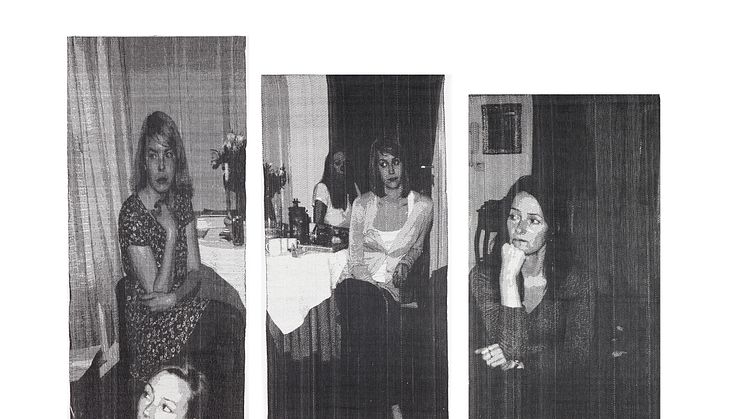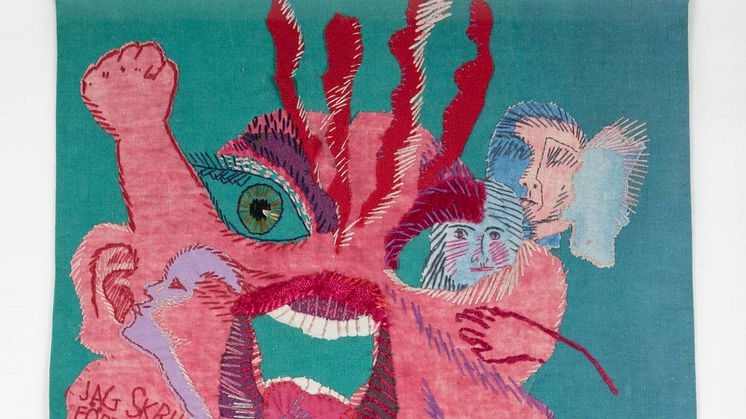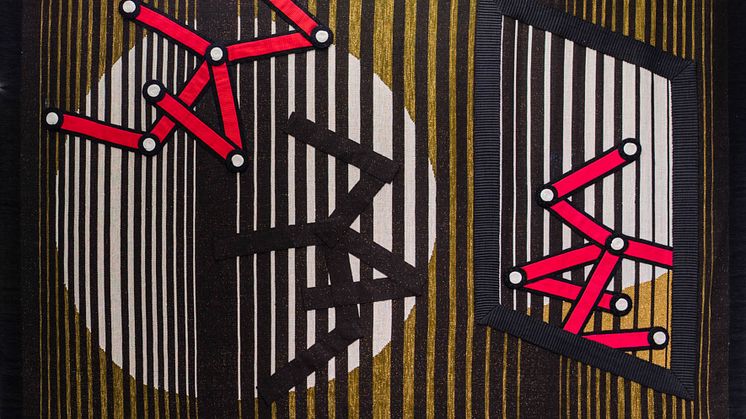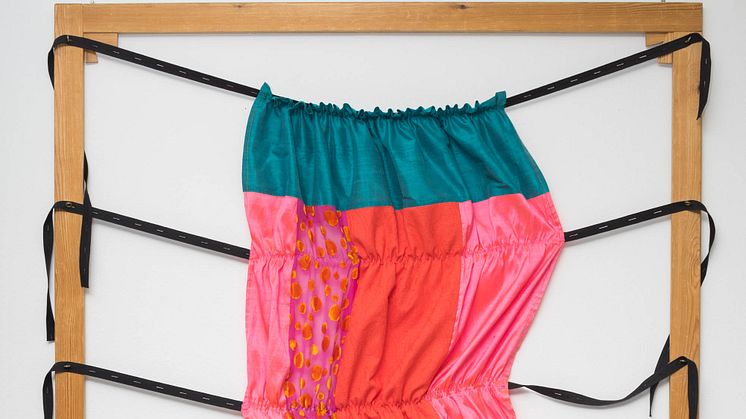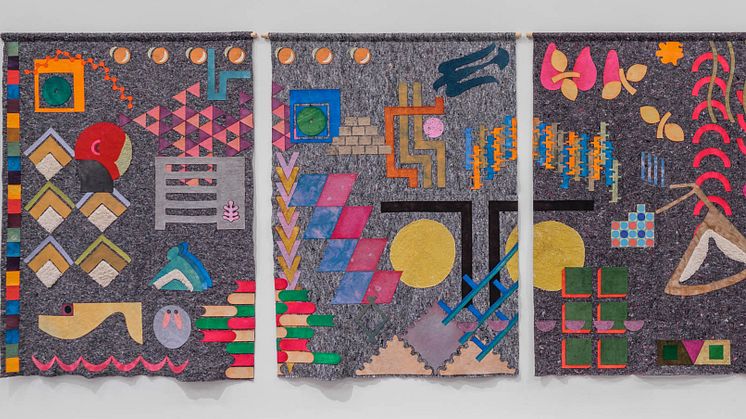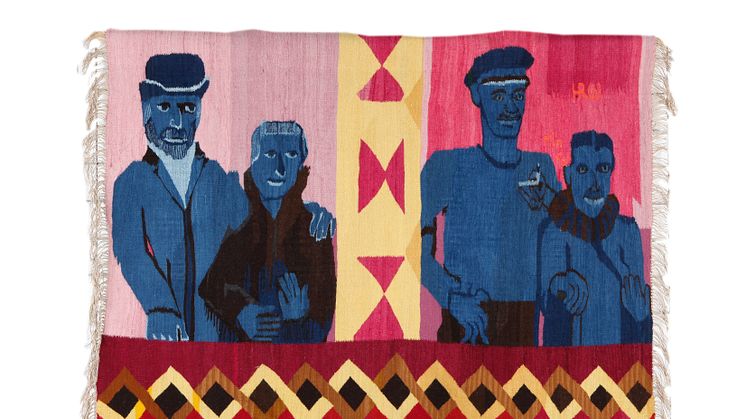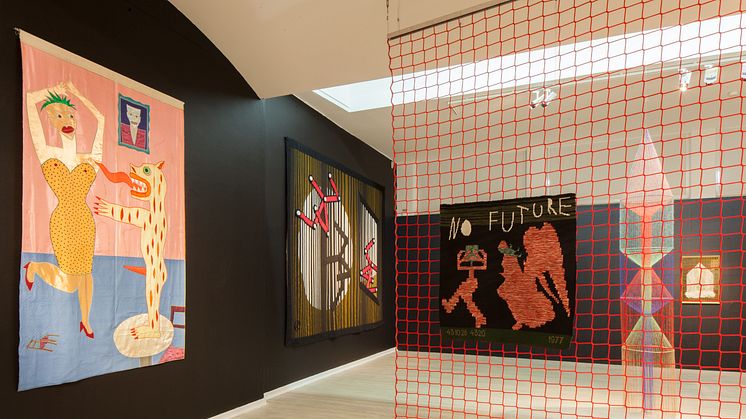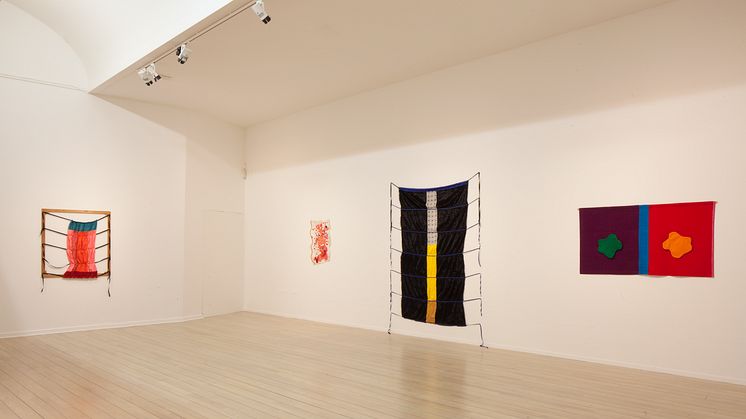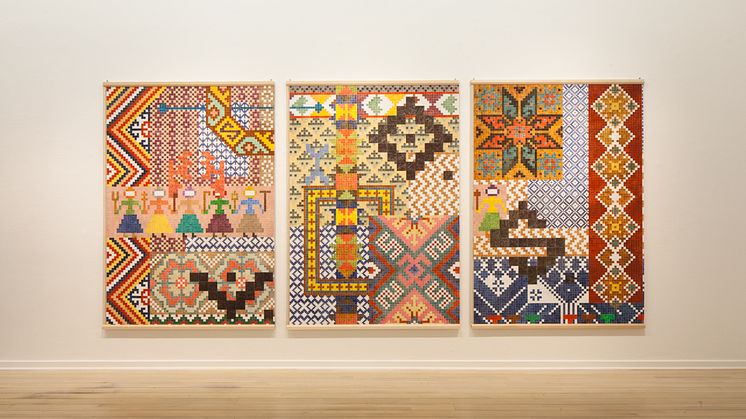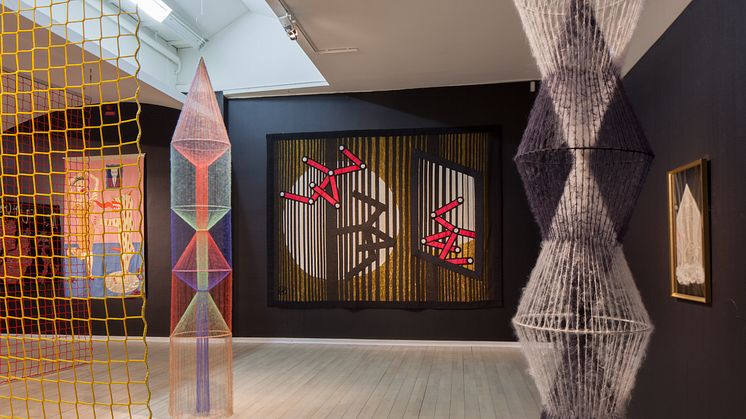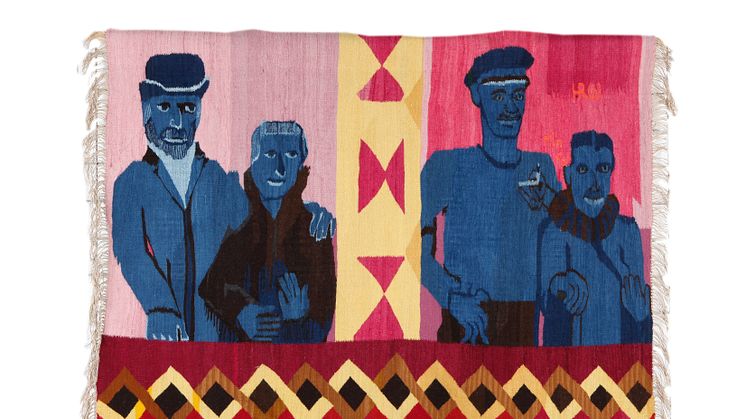
Pressmeddelande -
Press Preview: Textile Subtexts Malmö Konstmuseum
Textile Subtexts
June 17–September 3, 2017
Press Preview: Thursday June 15, 10 AM
Opening Friday, June 16, 6–8 PM
Participating artists: Maria Adlercreutz, Elsa Agélii, Zandra Ahl, Olle Bærtling, Helene Billgren, Ann Böttcher, Moki Cherry, Shabnam Faraee, Johanna Friedman, Josefin Gäfvert, Margareta Hallek, Leif Holmstrand, Charlotte Johannesson, Åsa Norberg & Jennie Sundén, Anna Nordström, Paola Torres Núñez del Prado, Veronica Nygren, Kaisa Melanton, Claes Oldenburg, Lennart Rodhe, Bella Rune, Hannah Ryggen, Pia Sandström, Rickard Sollman, and Elin Strand Ruin & The New Beauty Council
Textiles provide a surface on which socioeconomic codes, aspirations, and desires can play out and be renegotiated. Our textiles record our history, and textile techniques provide us with models on which to apply our ideas and knowledge. The exhibition Textile Subtexts focuses on the divergent meanings of the textile, material culture, and how it manifests itself in a work of art or in an artist’s practice. With its starting point in the liberation of textiles in the 1960s in Sweden, the exhibition moves back and forth in time to pose questions on the role played by textiles in various artistic practices and contexts.
The moment when textiles are liberated is represented by, among others, Margareta Hallek, whose work is presented in a separate room where we can follow the artist’s playful and experimental practice from the 1960s to the 1990s. The exhibition brings together artists from several generations – from Hannah Ryggen, who was born in 1894, to Josefin Gäfvert, born in 1988 – whose works activate various layers of the “textile subtext.” Some of these subtexts are visualized in the exhibition’s thematic “balls of yarn,” which are unraveled to create associations between artistic practices and works. Bella Rune’s sculpture series Avigsidan (The Reverse Side) creates an exhibition architecture comprising walls made of safety and sports nets that divide the space, expose the backs of the works, and both separate and connect them.
From the original “ball of yarn” comes a thread that has woven itself into the widespread textile language we have today. The Latin word texere means to join or intertwine, both in text and in textile. Textile writing is a global “tacit” knowledge that is physical, spatial, and social. Here we experience, interpret, and assimilate materials, textile surfaces, and abstract pattern images from different ages and cultures. Of particular relevance is the “history-of-women-artists ball of yarn”. It was largely female practitioners who, despite limited room to maneuver, not only renewed textile art in the twentieth century but also politicized it and promoted textiles as an artistic material. Textiles’ connection to decorative art and everyday, domestic, “low” materials and techniques such as knitting, tapestry, embroidery and appliqué (a forerunner of collage and assemblage) was exploited as a component of feminist critique and politics.
The different themes of the exhibition overlap with one another. The textile narrative in the form of abstractions and patterns gets tangled up with the textile as commodity, software, and systematic construction. Textiles’ plasticity and need for support are exploited in new sculptural expressions and performances while also providing them with an emotional register – and all of this becomes meaningful as an act of resistance in a more anti-hierarchical, playful, and ambiguous art world from the 1960s until today.
Textile Subtexts is part of a joint research project by Bella Rune, an artist and professor of fine art specializing in textiles at Konstfack, the University College of Arts, Crafts and Design, together with Helena Selder, a curator and artistic director for BAC – Baltic Art Center. The exhibition has been curated by Rune and Selder for Marabouparken Art Gallery in Sundbyberg, where a prior version was shown in the fall of 2016. At Malmö Konstmuseum the exhibition has been expanded with several new pieces, many of them from the museum’s permanent collection.
In conjunction with the exhibition, a series of workshops will be held in collaboration with Sommarscen Malmö, Malmöfestivalen, Skåne Stadsmission and the Yalla Trappan women’s cooperative.
RSVP to Anna Johansson: + 46 (0)734-35 15 66, anna.m.johansson@malmo.se (latest June 13). A small lunch will be served after the preview.
Ämnen
Kategorier
Regioner


